When it comes time for thrillseekers to choose where they want to go on vacation, destinations shrouded in mystery often make their way to the top of the list.
And Roopkund is one of those places. Only the most adventurous trekkers make their way to this far-flung glacial lake, and for good reason. After all, it takes some serious guts and training to journey into the Himalayas to find a lake that sits 16,000 feet above sea level.
Located in the north of India, Roopkund was discovered by a forest ranger back in 1942.
Horrifyingly enough, he quickly realized that the lake was filled with human skeletal remains.
Concerned that these were the bones of Japanese soldiers left for dead during World War II, he notified the British, who later launched a mission to check out the area.
Upon further examination, researchers determined that these were not the bones of Japanese soldiers, but the remains of people who died back in 850 A.D.
From 1950 to 2005, no one had any idea what killed these people en masse. Although they explored dozens of possibilities, a series of folktales and songs about a goddess named Nanda Devi gave them their first real lead.
These stories tell the tale of an angry goddess raining massive stones down on the heads of travelers. That’s when researchers working as part of a National Geographic expedition started piecing everything together. After examining the bones, they determined that a massive hailstorm actually killed them.
Based on the size of the skull fractures, they estimated that the largest hailstones measured nine inches in diameter.
Little is known about whether or not there were survivors, but news of the disaster did travel, which inspired the tales that served as the final pieces of this bizarre puzzle.
Watch the video below to learn more about what most people now know as Skeleton Lake.
(via Laughing Squid)
The biggest problem the site faces today is

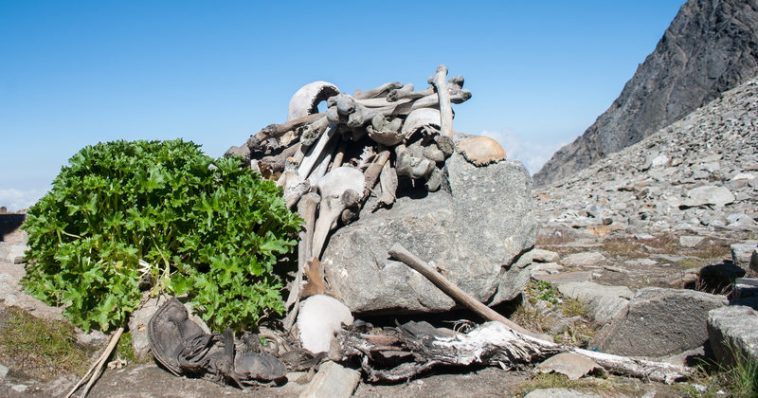
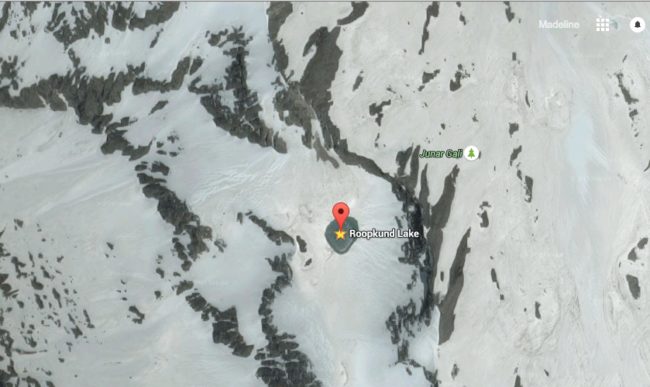
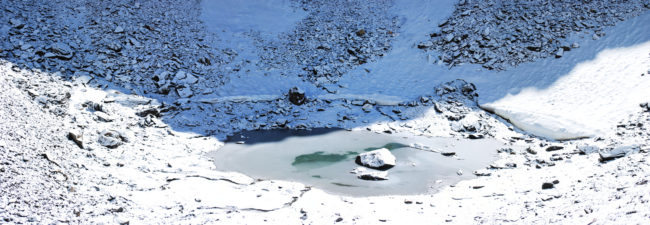
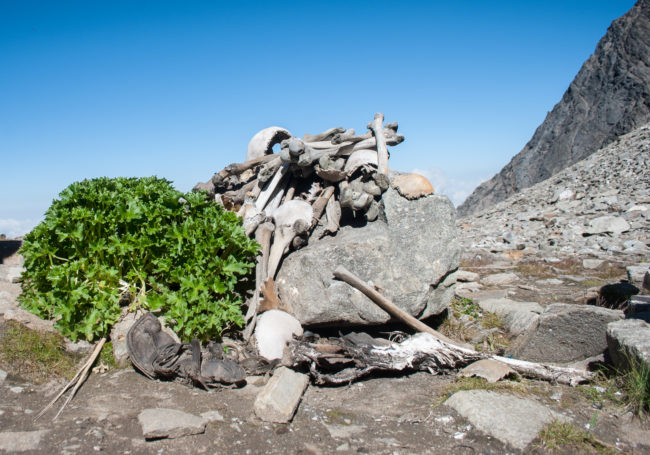
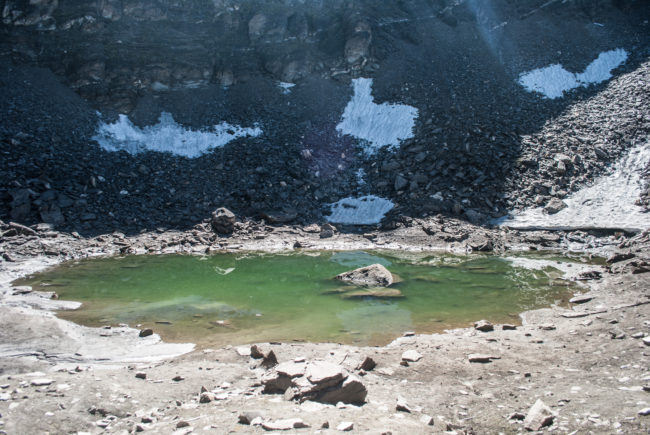
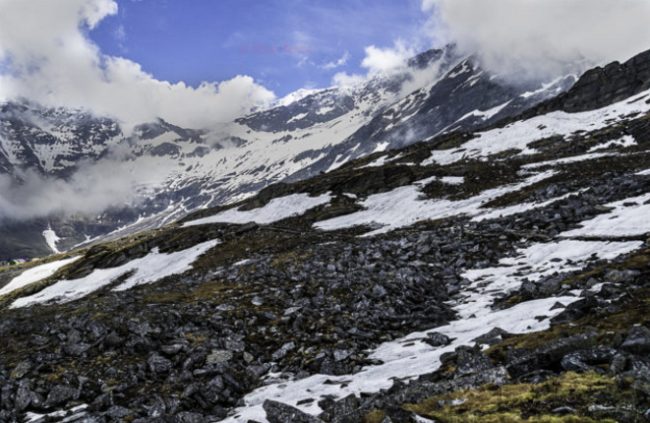


Comments